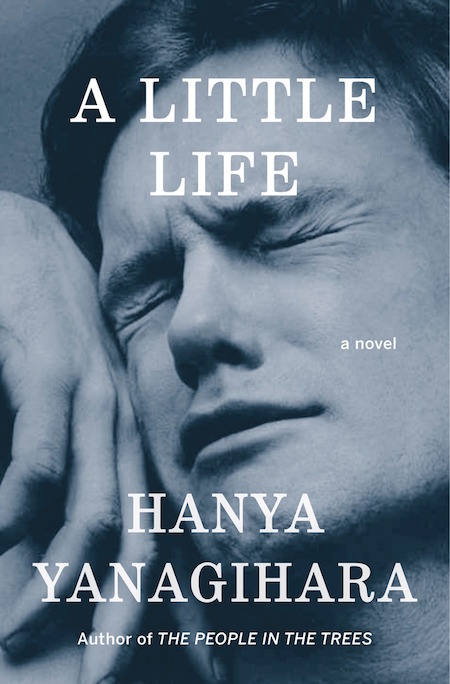A Little Life is a polarizing book. There are those who love it, who hate it, and who spend their entire reading experience vacillating between these extremes. As one of the book’s advocates, even I experienced moments when I felt like throwing the book across the room. But the brilliance of this book is in the unbearable suffering it causes its characters; if the Bible was about how to survive the arbitrary punishments of angry Lord to such figures as Job, then
A Little Life is about how to stay friends with Job, without forcing Job to, well, get better.
A Little Life follows four college friends through the ups and downs of their lives in any-time New York City, but is primarily focused on Jude, the survivor of an unimaginable childhood, grimly detailed in the most horrifying sections of the book. (While many would find the depth of suffering in
A Little Life to be implausible in its extremes, Hanya Yanagihara, at a bookseller meet and greet I attended, said she’d received plenty of mail since publication that would suggest otherwise.) All this suffering sets Jude up for a central conflict between his friends, who want him to be happy, and his own understanding that the best he can aim is not to be happy but instead to just…be.
To me, the plausibility of the text was neither here nor there. My respect for the novel is more grounded in the book’s return to 19
th century style emotional narratives, as opposed to the hyper-masculine modernity of mid-century America that insisted on short sentences from the perspectives of nascent psychopaths (yes, that was a jibe at Hemingway). It’s also a turn away from the usual misery memoir’s happy healing, in favor of a grimly realistic portrayal of the long shadow of trauma.
A Little Life gives me all the feels, and yet provides no easy answers, and to me, that’s what makes for good literature.
–Molly Odintz, CrimeReads Associate Editor
 Hanya Yanagihara, A Little Life (2015)
Hanya Yanagihara, A Little Life (2015)